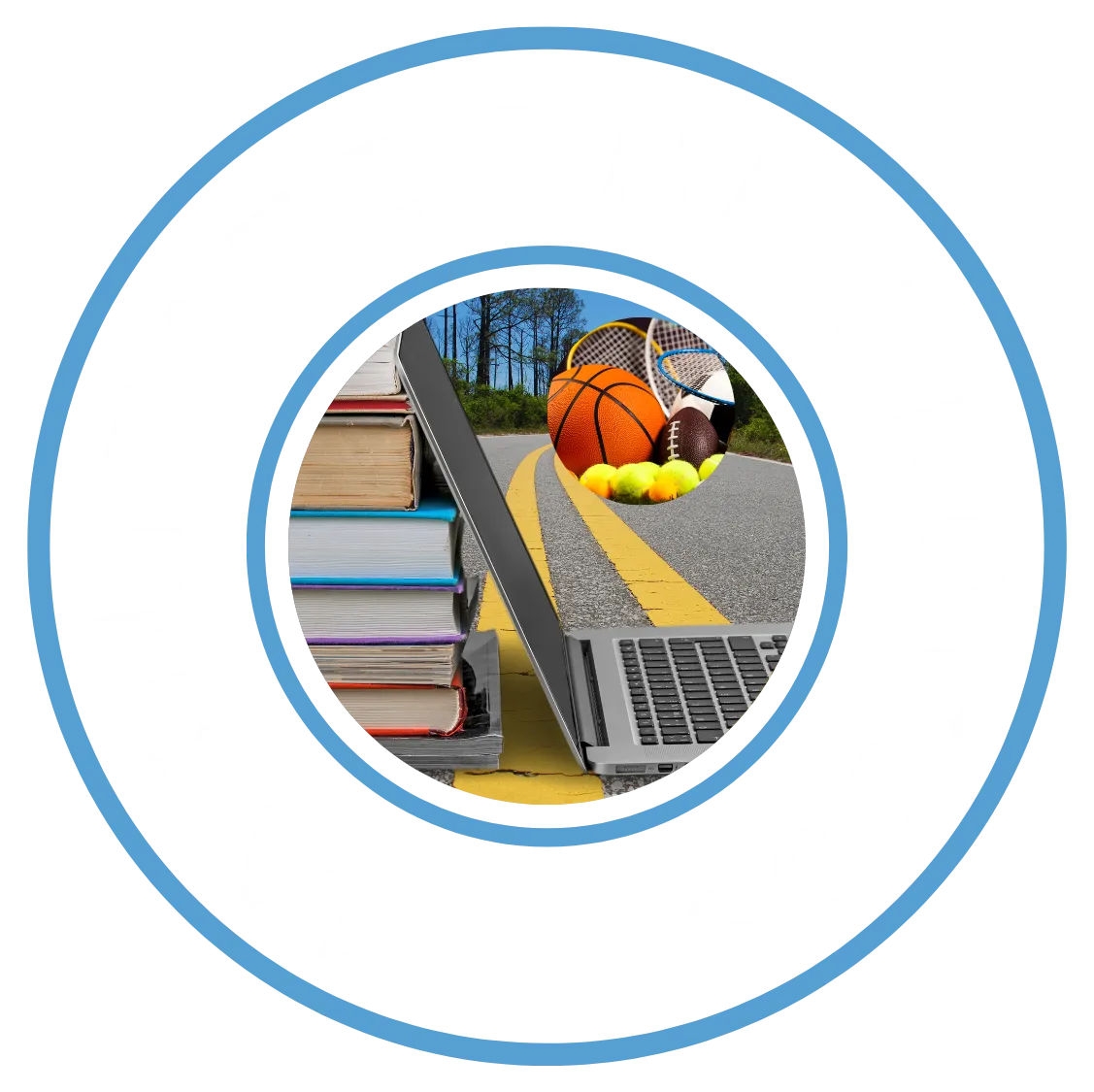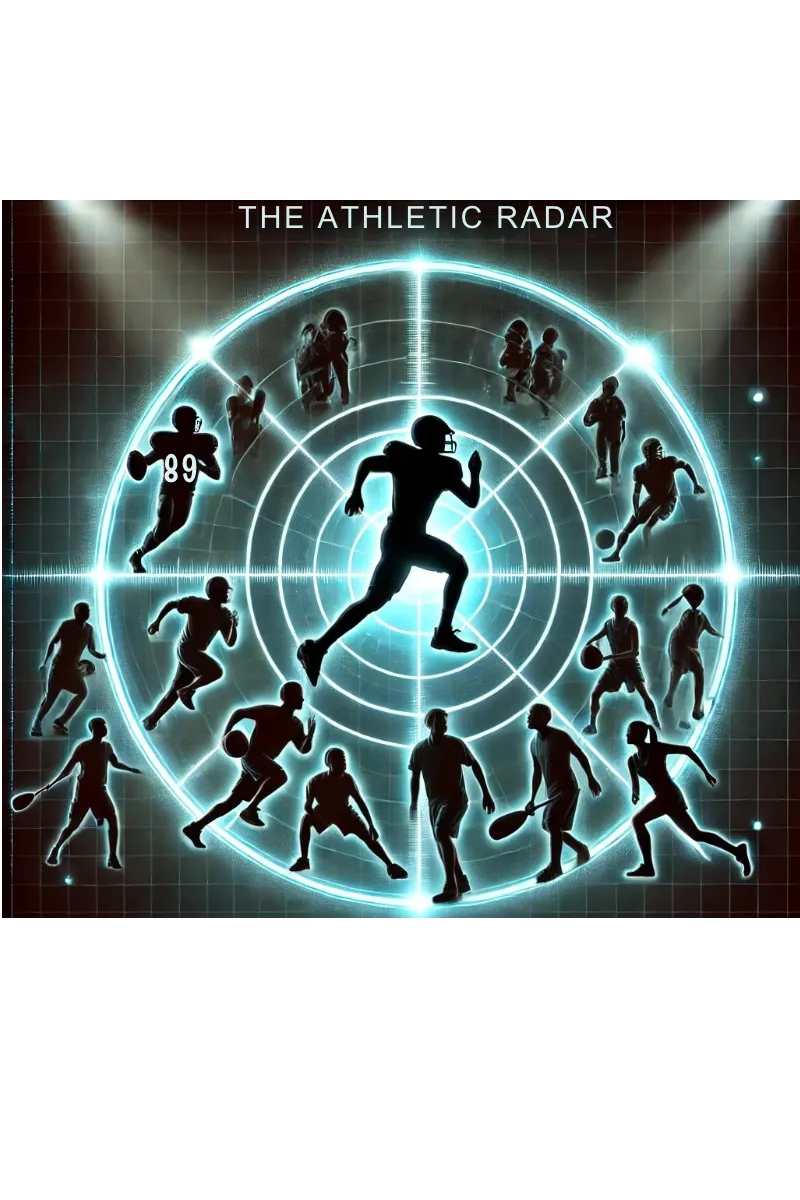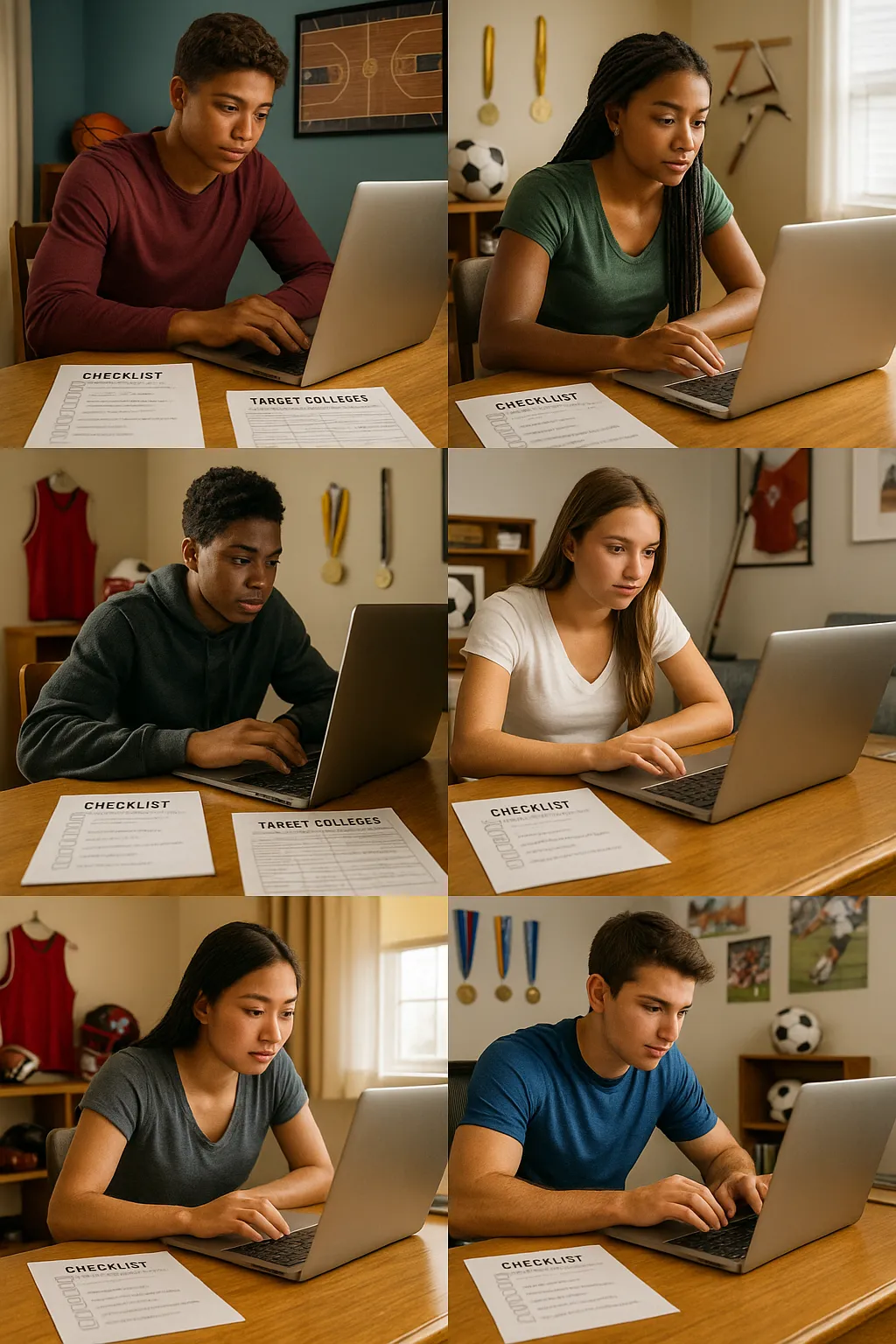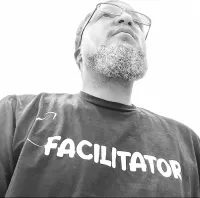

Your Success, Our Priority
Browse our articles below
Make sure to request our FREE Role Player Guide to Recruiting
Click the more stories button for additional articles

How to Navigate the Recruiting Maze: Phase 1: Discovery—Getting on the Radar
Phase 1: Discovery, Getting on the Radar
The discovery phase lays the groundwork for everything that follows. Coaches recruit who they know, so a strong foundation with the right materials is non-negotiable. Student-athletes should prioritize these actions during this stage:
Build a complete, professional recruiting profile featuring academic achievements, verified stats, and recent highlight footage.
Identify 20–30 realistic target schools. Consider geographic preferences, academic fit, athletic division, and roster needs.
Gather key documents like transcripts, test scores, and letters of recommendation. Organize these for quick sharing.
Many families believe the process starts later than it should. As soon as a student-athlete enters high school, collecting video clips, stats, and contact information for programs matters. The earlier the profile goes live, the more time there is to adjust and strengthen it as feedback comes in. Tools like Facilitate The Process can offer step-by-step prompts to avoid missing core details coaches expect to see.
Discovery always sets the tone. An organized student-athlete who can quickly send accurate information is more credible to coaches. Those who begin with clear goals stand out as prepared and proactive, qualities recruiters notice immediately.
How to Build a College Recruiting Profile That Gets Noticed
A well-crafted recruiting profile captures a coach’s attention within seconds. This tool acts as the athlete’s digital handshake, as first impressions count. To maximize impact, student-athletes should ensure the following elements appear, up to date and error-free:
Academic records and standardized test scores
Highlight videos and full-game footage from recent seasons
Verified stats and athletic honors
Contact information for club, school, and personal references
Personal statement demonstrating character, goals, and motivation
Visual content holds weight. High-quality highlight films should show versatility, decision-making, and skills relevant to the athlete’s position or event. Short, well-edited footage outperforms long, repetitive clips every time. Coaches want to see how a player moves, adapts, and works with a team under pressure.
Profiles that land on coach shortlists are always complete, honest, and easy to read. With robust contact details and a presentable, professional layout, the student-athlete moves to the top of the stack and remains there as recruiting heats up.
Helpful resource:
How to Build a College Recruiting Profile That Gets Noticed
Mindset: “You can’t get recruited if no one knows you exist.”
Resources & Community
🎯
Follow Facilitate The Process on Facebook
https://www.facebook.com/facilitatetheprocess/
🌐
Join Our Recruiting Community
🔗
Get Started Today

